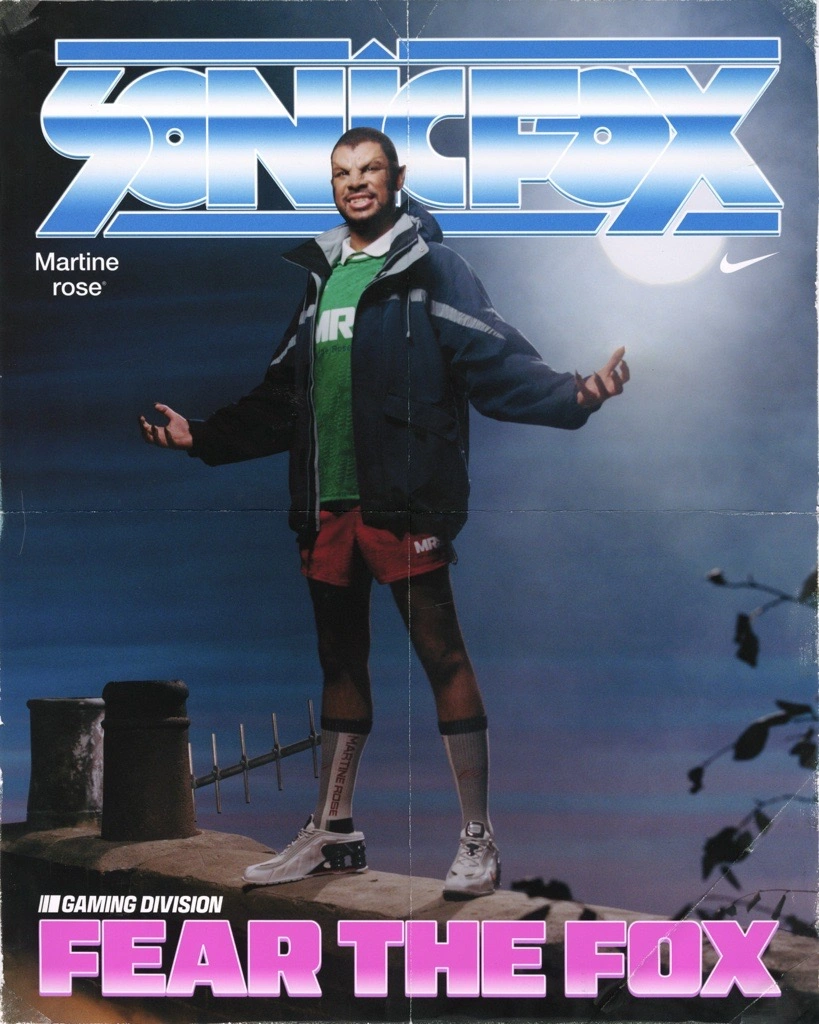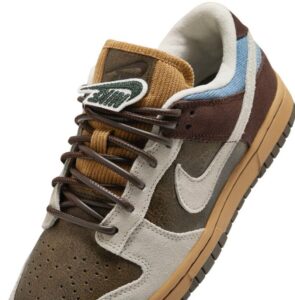Skateboarding is more than just a sport or a mode of transportation—it is a cultural movement, an art form, and a deeply personal experience. For skateboarders, the relationship with their board, environment, and community is shaped by a unique set of sensory inputs, particularly sound. A recent study reveals that sound plays a crucial role in the daily lives of skateboarders, influencing their performance, safety, and even their interactions with the world around them.
From the rhythmic clack of wheels on pavement to the distinctive grind of trucks against a ledge, sound is an inseparable part of skateboarding. However, this same auditory experience presents challenges and issues that can impact skaters both positively and negatively. This article delves into the importance of sound in skateboarding, its effects on the skater’s environment, public perception, safety, and technological innovations that are addressing these concerns.
The Role of Sound in Skateboarding Culture
For skateboarders, sound is more than just background noise—it is a real-time feedback system. The sound of a skateboard’s wheels rolling across different surfaces provides instant information about texture, speed, and control. Additionally, skaters rely on sound to determine:
• The quality of their tricks – A cleanly executed kickflip or ollie has a distinctive sound compared to a failed attempt.
• The durability of their gear – Changes in sound can indicate worn-out bearings, chipped wheels, or loose trucks.
• The presence of other skaters or obstacles – In busy skateparks or urban environments, hearing other skaters approach is crucial for avoiding collisions.
Sound is also a major component of skateboarding videos, which have long been a fundamental part of skate culture. The audio in these videos captures the raw energy of the sport, and many skaters believe that the authenticity of the board’s sound should remain unaltered rather than being masked by music or sound editing.
Noise Complaints and Public Perception
While skateboarders embrace the unique sounds of their sport, the general public often views these sounds as a disturbance or nuisance. Urban skateboarding, particularly in densely populated areas, has been a point of contention due to noise complaints from businesses, residents, and city officials.
Why Do People Complain About Skateboard Noise?
Loud Impressions and Repetitive Sounds – Tricks like ollies, grinds, and slides create sharp, repetitive noises that can be disruptive, especially in quiet neighborhoods or near businesses.
Echoing in Urban Environments – The sound of skateboards reverberates through alleyways, underpasses, and public plazas, amplifying the perceived noise level.
Association with Vandalism or Disorderly Conduct – Some non-skaters associate the sound of skateboarding with trespassing, property damage, or rebellious behavior, leading to increased friction between skaters and communities.
How Cities Have Responded
To address noise complaints, some cities have implemented:
• Skateboarding bans in high-traffic areas.
• Noise ordinances that limit skateboarding in residential zones after certain hours.
• Designated skateparks to redirect skaters away from urban centers.
However, these solutions often lead to tensions between skaters and authorities, as many skateboarders prefer the challenge and creativity of street skating over enclosed parks.
Safety Implications: Hearing vs. Awareness
One of the most practical concerns related to sound in skateboarding is safety. Many skaters rely on their sense of hearing to stay aware of their surroundings, particularly when skating in traffic-heavy urban areas.
How Sound Enhances Skateboarding Safety
• Hearing approaching cars, cyclists, or pedestrians allows skaters to react quickly and avoid accidents.
• The sound of a crack in the pavement or an uneven surface can alert a skater before they hit an obstacle.
• In skateparks, skaters listen for others landing tricks or moving into their path to prevent collisions.
The Risk of Wearing Headphones While Skating
Many skaters listen to music or podcasts while skating, which can:
• Reduce environmental awareness – Making it harder to hear oncoming traffic or warnings from others.
• Delay reaction time – Increasing the likelihood of accidents in busy areas.
• Mask crucial board sounds – Preventing skaters from hearing early signs of a potential wheel malfunction or obstacle.
Despite these risks, some skaters argue that music enhances their focus and creativity. The balance between enjoying personal soundscapes and maintaining situational awareness is an ongoing debate in the skateboarding community.
Innovations in Skateboard Noise Reduction
As noise pollution becomes a growing concern in urban environments, skateboard manufacturers and engineers are exploring innovative solutions to minimize disruptive sounds.
Quieter Skateboard Components
• Soft Urethane Wheels – Traditional skateboard wheels are made from hard polyurethane, which creates loud vibrations on concrete. Newer softer wheels reduce noise while maintaining performance.
• Shock-Absorbing Decks – Some skateboard brands are integrating composite materials that absorb impact noise while keeping decks lightweight and durable.
• Silent Bearings – Advances in low-friction, silent bearings help reduce the hum of high-speed skating.
Electric and Hybrid Skateboards
The rise of electric skateboards (e-skates) has introduced a new dynamic in skateboard soundscapes. While traditional skateboards create noise from pushing, grinding, and impact, electric skateboards produce a low electronic hum from their motors.
• Some cities prefer e-skates over traditional skateboards due to their quieter operation.
• However, e-skates lack the tactile and auditory feedback that traditional skaters rely on for tricks and control.
Manufacturers continue to develop hybrid solutions that retain the essence of skateboarding while addressing public concerns over noise.
The Future of Skateboarding and Sound Management
As skateboarding continues to evolve, so will the conversation around sound. With skateboarding now an Olympic sport and gaining mainstream acceptance, the balance between preserving its raw authenticity and addressing noise concerns is more important than ever.
Possible Future Developments
• Soundproof Skate Parks – Enclosed or underground skateparks designed to contain noise while allowing skaters freedom to practice tricks.
• Smart Skateboards – Boards equipped with AI-powered sensors that analyze sound data to detect early signs of wear and tear.
• Community Skate Zones – Urban areas that integrate noise-reducing infrastructure while still allowing street skating.
Striking a Balance
For skateboarders, sound is a vital part of their experience, providing tactile feedback, rhythm, and cultural identity. The challenge moving forward will be finding ways to respect both the skater’s need for expression and the public’s concerns about noise pollution.
Rather than suppressing skate culture, cities and manufacturers should work together to create skate-friendly environments that embrace innovation while preserving the essence of the sport.
Final Thoughts
The study highlighting sound as a primary issue for skateboarders brings to light the complex relationship between skate culture, public perception, and urban design. While sound plays an essential role in a skateboarder’s experience—offering performance feedback, safety cues, and artistic expression—it also raises concerns regarding noise pollution and public disturbance.
As skateboarding continues to grow, the industry must navigate the fine line between preserving its raw, authentic energy and addressing real-world concerns. Whether through technological innovations, city planning, or cultural advocacy, the goal should be to embrace the sound of skateboarding as part of its identity, rather than treating it as a problem to be silenced.
No comments yet.








